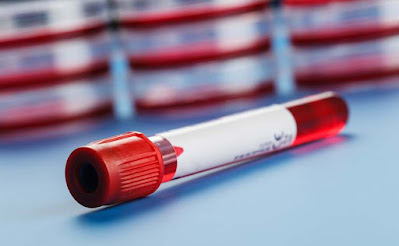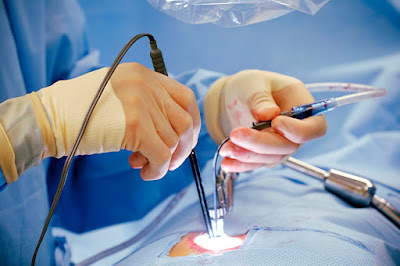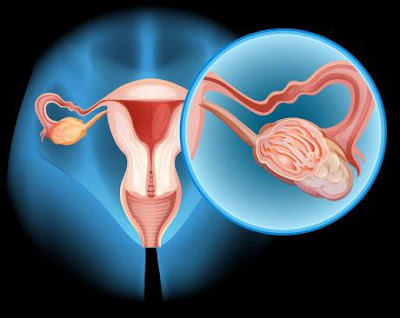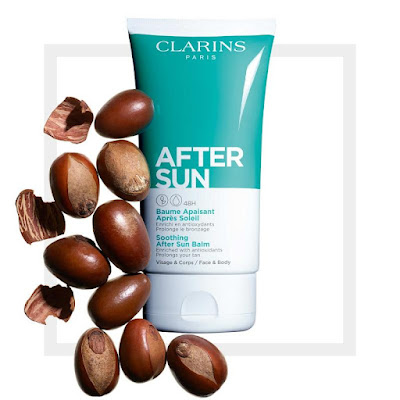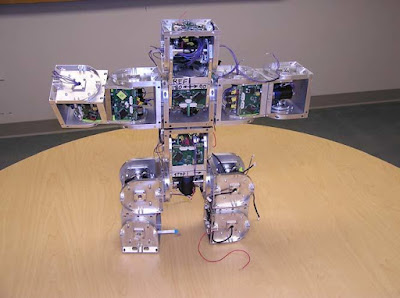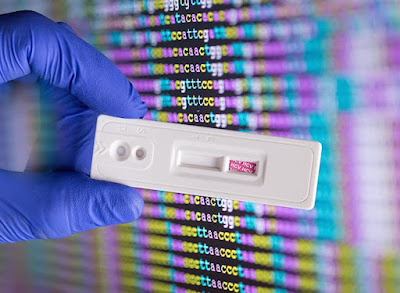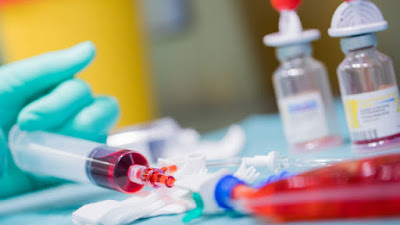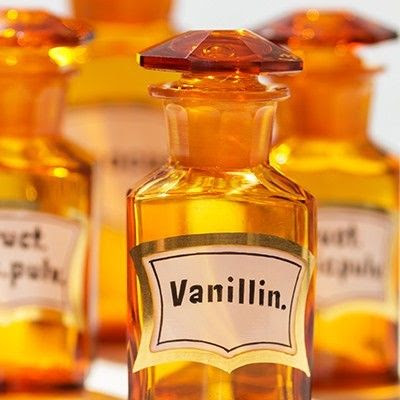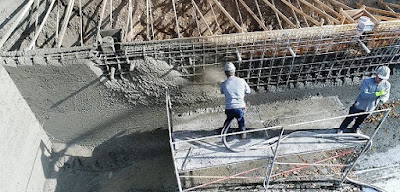Brain monitoring, or brain monitor, allows doctors to monitor brain activity with the help of head-worn devices, such as a cap that has sensors in it and can read brain's electrical activity. Moreover, brain monitoring devices help identify and measure abnormalities in the functioning of brain cells that are associated with neurological disorders, such as Alzheimer’s, Parkinson’s, epilepsy, dementia, multiple sclerosis, brain tumor, and more. Therefore, the demand for brain monitoring has increased due to the increasing prevalence of the aforementioned disorders.
According to the Alzheimer's Association, over 1.5 million people are living with Alzheimer's disease in Germany, and worldwide, more than 44 million people are living with dementia, making it a global health crisis that needs to be addressed. This in turn increase the demand for brain monitoring. In June 2020, Researchers at Carl von Ossietsky University in the northern German city of Oldenburg successfully tested a brain-monitoring device that could replace conventional encephalography (EEG).
Brain monitoring help monitor functions such as electrical and neural activity, blood flow, cerebral oxygen capacity, pressure surrounding the brain, tumor, gravity adjoining the brain, traumatic brain injury, and other conditions that help prevent serious consequences. Monitoring helps clinicians monitor the state of the brain under anesthesia with bilateral data acquisition and processing of EEG (Electroencephalography) signals that help clinicians with anesthetic management. EEG is a non-invasive method used to measure electrical activity of the brain.
Brain monitoring also helps clinicians determine and administer the precise amount of drug to meet the needs of each individual patient. Continuous brain tissue oxygen (PbtO2) monitoring is a complement to traditional brain monitoring techniques. It is an invasive form of monitoring the brain tissue oxygenation via a catheter inserted into brain parenchyma. The oxygenation level of brain tissue is an important measure in the intensive care unit. Brain monitoring is vital in critical clinical scenarios where the extent or evolution of neurologic injury is unknown.

